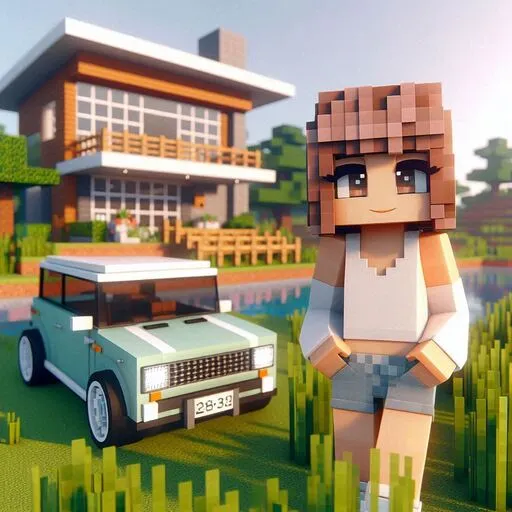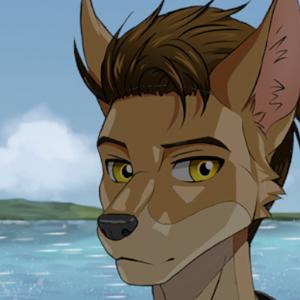The Marvel Cinematic Universe (MCU) has revolutionized the entertainment industry with its interconnected series of films and TV shows that weave together a continuous and engaging narrative. However, the same cannot be said for Marvel video games. Each game, such as Insomniac’s Marvel’s Spider-Man and Eidos-Montreal’s Marvel's Guardians of the Galaxy, operates in its own isolated universe, with no narrative links between them. This trend continues with upcoming titles like Marvel 1943: Rise of Hydra, Marvel's Wolverine, and Marvel’s Blade, which also lack any shared continuity.
Yet, there was a time when Disney harbored ambitions of creating a Marvel Gaming Universe (MGU) to mirror the success of the MCU in the realm of video games. What led to the abandonment of this vision?

On The Fourth Curtain podcast, hosts Alexander Seropian and guest Alex Irvine shed light on the MGU concept they once worked on and explained its downfall. Seropian, known for co-founding Bungie, the developer behind Halo and Destiny, later managed Disney’s video game division until his departure in 2012. Irvine, a veteran writer for Marvel games, most recently contributed to the world-building and character development for Marvel Rivals.
Irvine recounted the initial excitement surrounding the MGU idea: “When I first started working on Marvel games, there was this idea that they were going to create a Marvel gaming universe that was going to exist in the same way that the MCU did. It never really happened.”
Seropian revealed that the MGU was his brainchild, but it failed to secure the necessary funding from Disney’s higher-ups: “When I was at Disney, that was my initiative, ‘Hey, let’s tie these games together.’ It was pre-MCU. But it didn’t get funded.”
Irvine, who previously worked on the innovative Halo alternate reality game I Love Bees, elaborated on the MGU's potential mechanics: “That was so frustrating because we came up with all these great ideas about how to do it. And I was coming out of ARGs at that point and thinking, ‘Wouldn’t it be cool if we had some ARG aspects?’ There would be a place where players could go that all the games touched, and we could move them back and forth from game to game. We could link in comics, we could loop in anything, we could do original stuff. And then, as Alex said, it didn’t get funded. So we made a bunch of games.”
The complexity of the MGU proposal may have been its undoing. Irvine explained that the intricate questions about how to differentiate the MGU from comics and movies, and how to maintain consistency across different media, may have deterred some at Disney: “Even back then, we were trying to figure out, ‘If there’s going to be this MGU, how is it different from the comics? How is it different from the movies? How are we going to decide if it stays consistent?’ And I think some of those questions got complex enough that there were people at Disney who didn’t really want to deal with them.”
It’s intriguing to ponder the possibilities had the MGU been realized. Perhaps Insomniac’s Spider-Man games would have shared a universe with Square Enix’s Marvel's Avengers and Marvel's Guardians of the Galaxy, allowing for cross-game cameos and culminating in a grand, Endgame-like event.
Looking forward, questions linger about Insomniac's upcoming Marvel's Wolverine game. Will it share the same universe as Marvel's Spider-Man? Could characters from the Spider-Man games make cameo appearances in Wolverine?
Ultimately, the MGU remains a fascinating "what if" scenario in the annals of video game history. Though it never came to fruition, it's tantalizing to think that in some alternate universe, it thrives as a reality.






